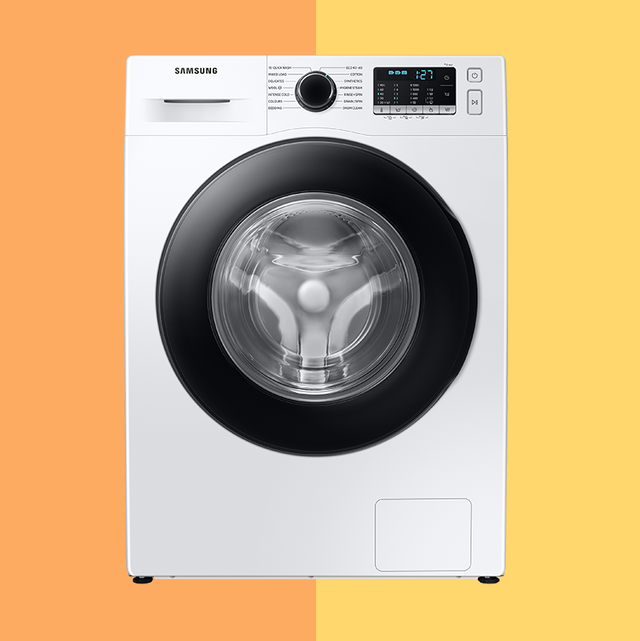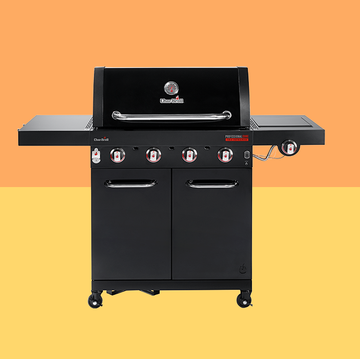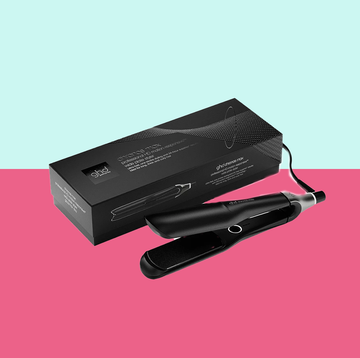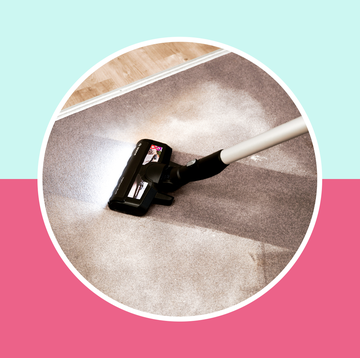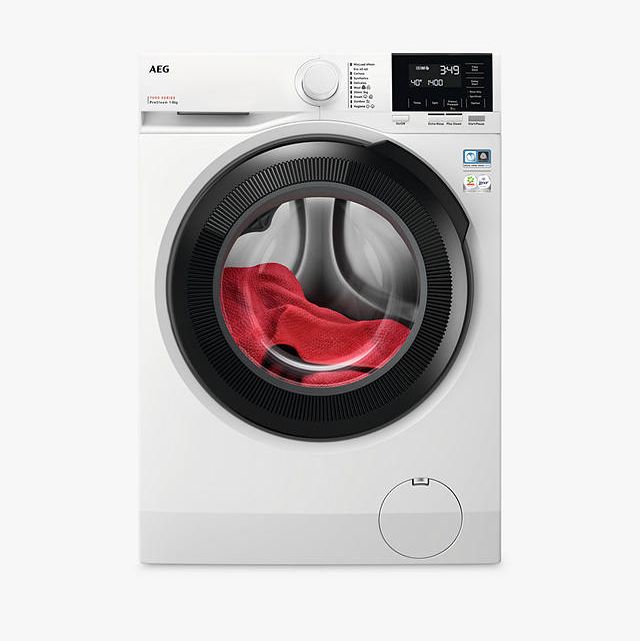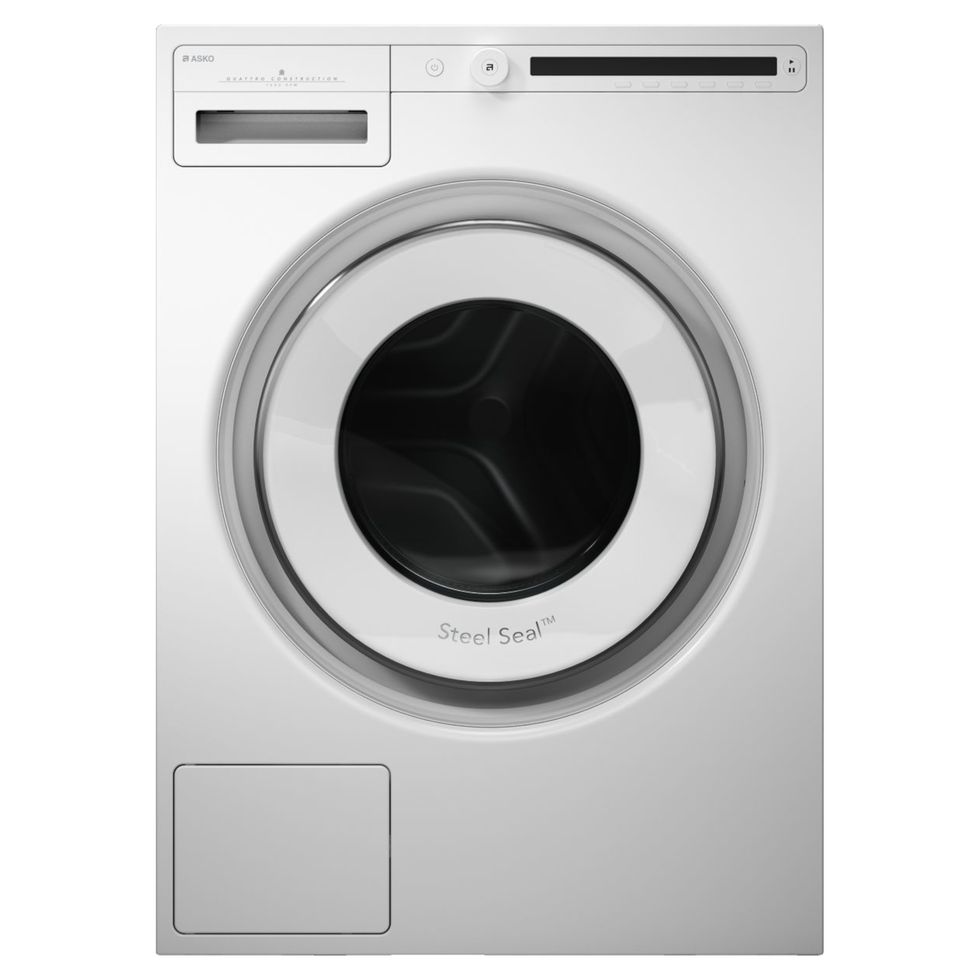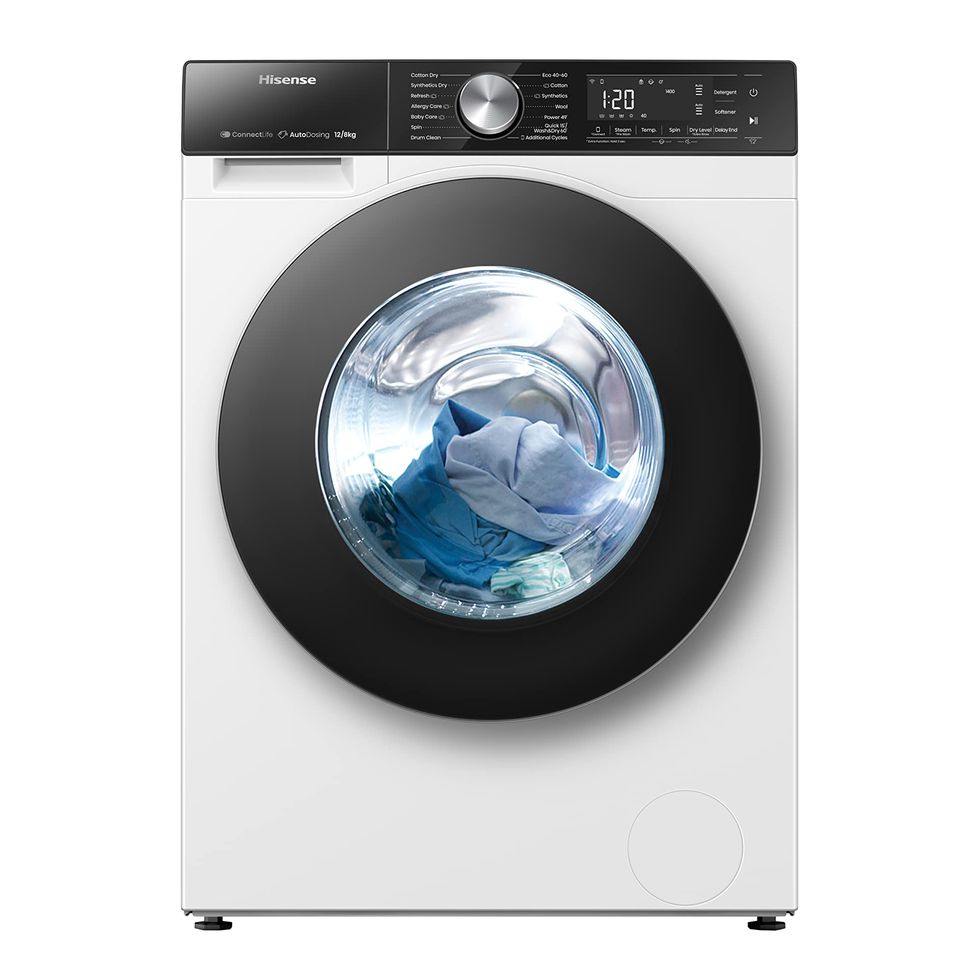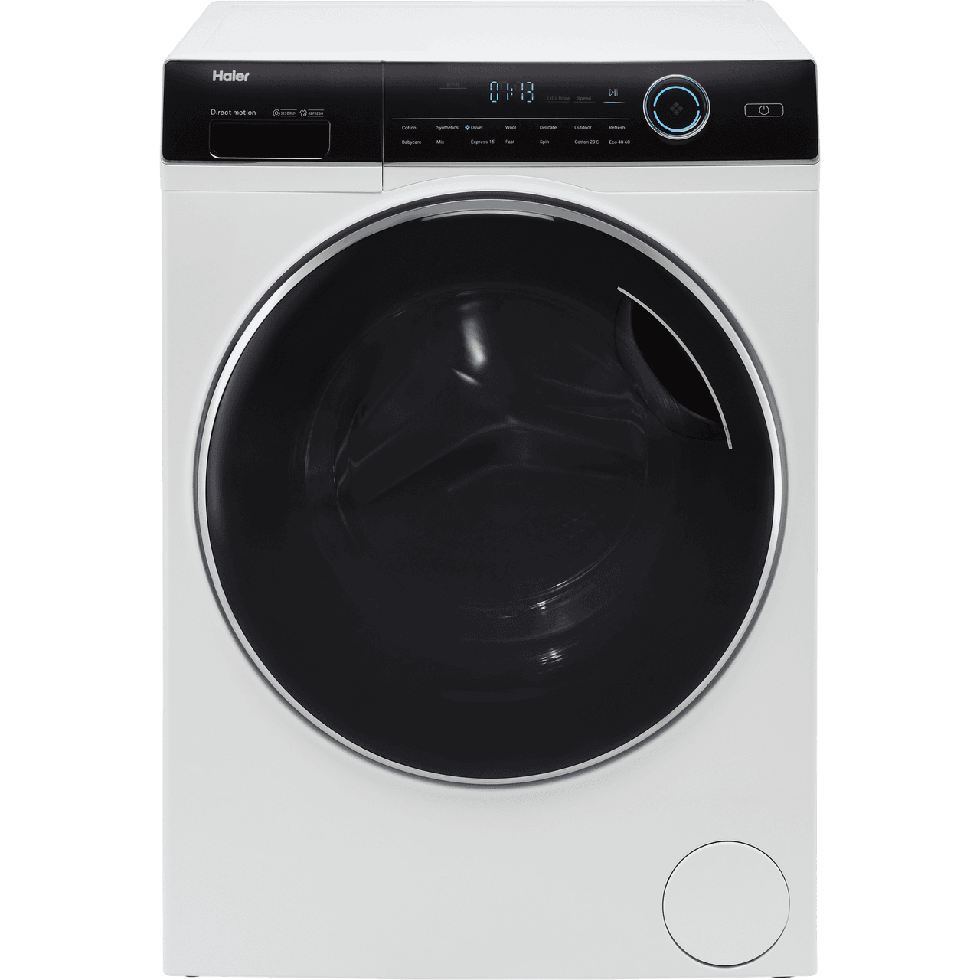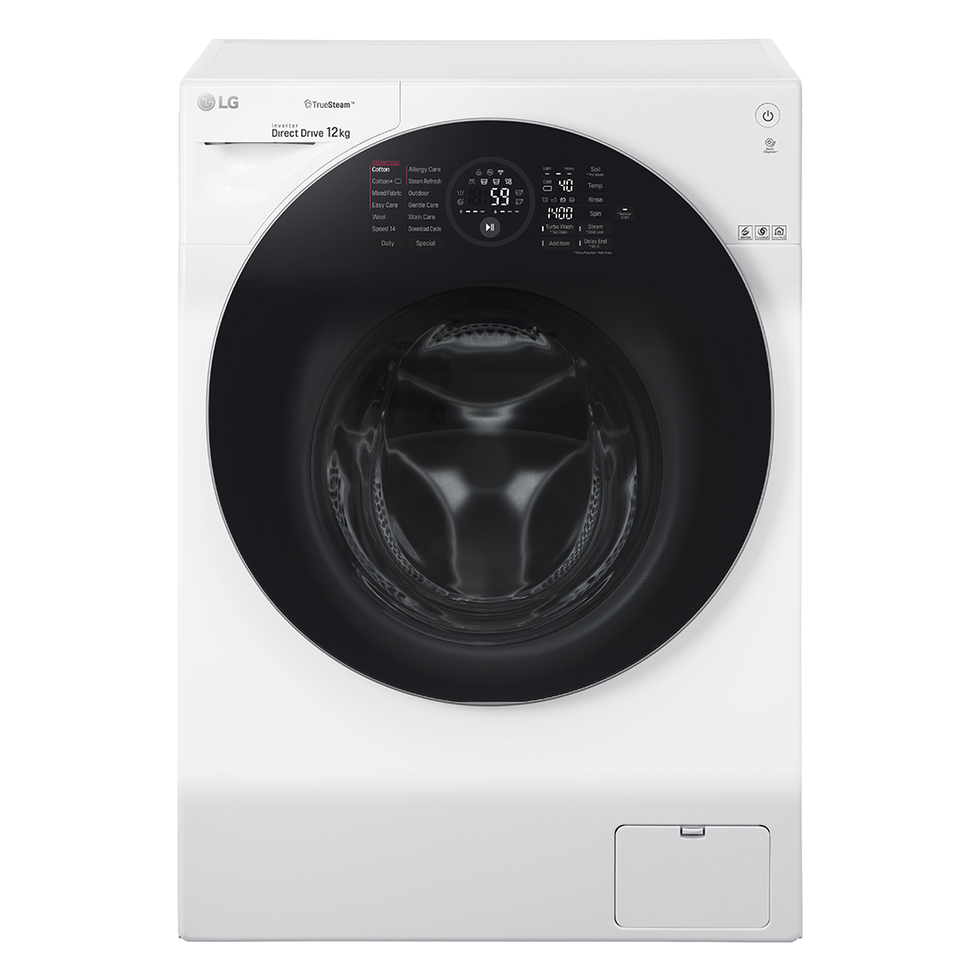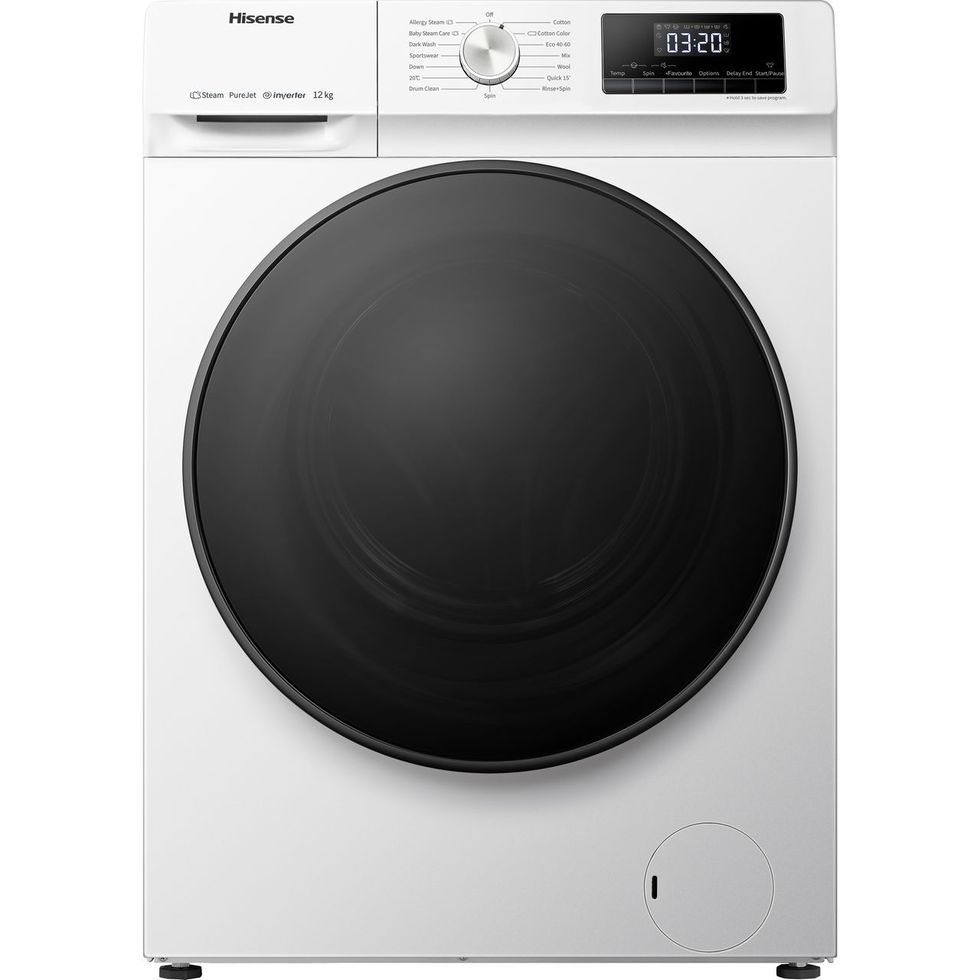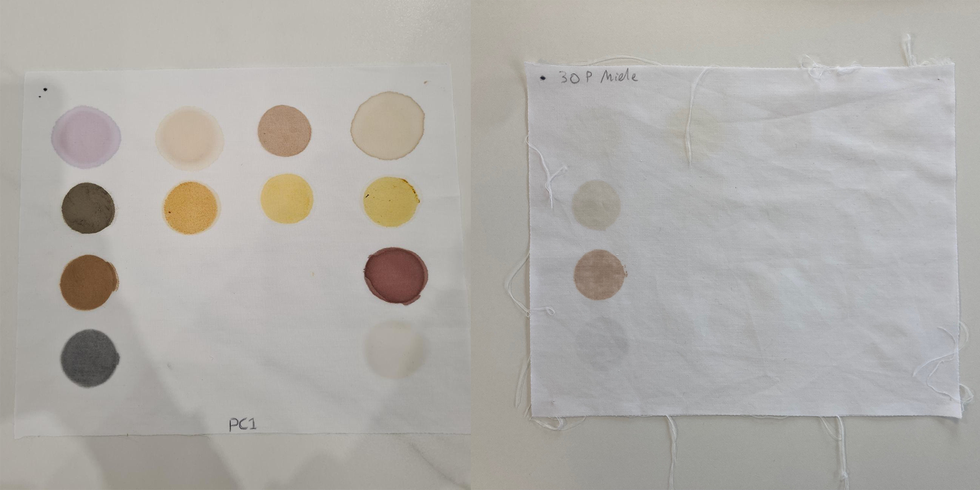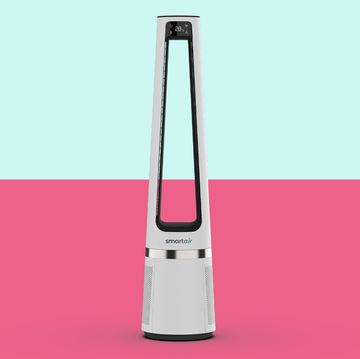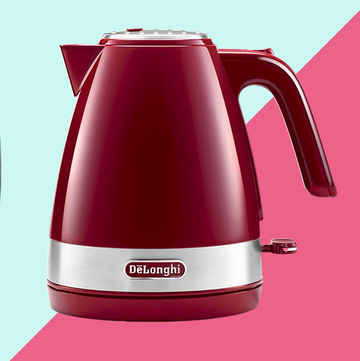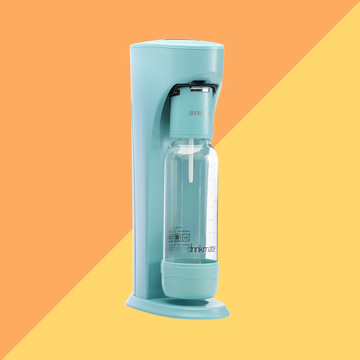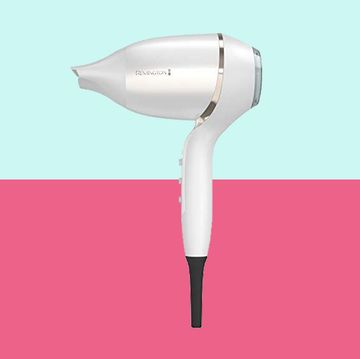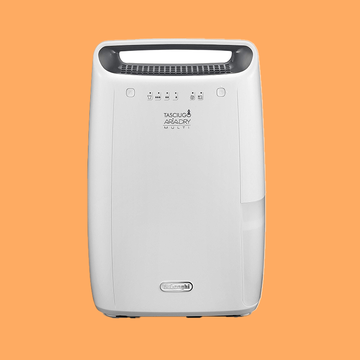Types of washing machine explained
First up, you need to decide what sort of washing machine you’d like. There are four main types for you to choose from, and your choice will mainly come down to the space you have. Here are the different models available.
Freestanding washing machines
This is the most popular type. A freestanding machine isn’t built into your cupboards, so can be used in different locations. The standard dimensions are built to fit under most kitchen worktops.
Integrated washing machines
These machines are designed to be installed within a kitchen unit and hidden behind a door that matches your other cupboards. Integrated options can be pricier and slightly smaller than freestanding machines, but they are usually quieter, as the cupboard door can muffle the noise.
Semi-integrated washing machines
These can also cost more than freestanding models. The control panel is visible, while the drum is hidden behind a door. You’ll need a door panel from your kitchen supplier to match your kitchen units.
Washer-dryers
Buying both a washing machine and the best tumble dryer can be pricey and take up a lot of space. This is where washer-dryers come in handy. These two-in-one models can be a great solution if you’re looking for one multi-tasking machine.
The “washer” part works like any standard washing machine, while the “dryer” part works like a heat-pump tumble dryer.
On test, we’ve found that washer-dryers usually don’t perform as well as a separate washing machine and tumble dryer. Furthermore, washer-dryers can have drying capacities that are nowhere near their washing capacity. This means that while you may be able to wash 10kg, you might only be able to dry 4kg in the same machine.
What energy rating should my washing machine be?
Energy ratings changed in March 2021 to account for the fact that modern machines are inherently more energy efficient than they were when the scale was first introduced. The A+++ to G scale has been simplified and now goes from A to G.
Even with the revised scale, many models are still very energy efficient, with many on our list rated A.
As well as looking at a machine’s rating, look to see if it has an economy mode, as this should use less water and electricity. Quick cycles also tend to be more economical.
What should I look for in a washing machine?
Like most appliances, it all comes down to how you use your washing machine. Here’s what our experts recommend considering.
Drum sizes
Washing machines are more effective and energy efficient when full, so it's worth thinking about how much washing you'll be doing at one time. Drum capacities range from 3kg up to 12kg, with the weight referring to the dry clothes that can fit inside the drum.
Many machines offer 8kg to 10kg of space. This is a great size for large families or those who like to do all their washing at once. How much you can fit inside will also depend on the programme you've selected.
Spin speed
The faster the spin, the more water is removed, meaning clothes won’t have to spend as long in a tumble dryer or out on a washing line. While speeds are worth considering, any machine with a range between 400 to 1,400rpm will do the job well.
Some top-of-the-range models can spin up to 1,800rpm on a cotton program, but faster spin speeds can be costlier and are usually noisier too.
Additional functionalities
As well as the essentials, modern machines come with a range of helpful bonus functionalities. These are the ones worth knowing about.
Delay start: Choose the most convenient time to start your load.
Stain removal: As the name suggests, this helps banish those more stubborn marks.
Rinse hold/crease guard: This feature means that if you aren't around at the end of the programme, the laundry won't be left to crease for too long. The machine holds the laundry in the final rinse water and the spin must be manually selected to progress to the end of the program.
Smart control: This allows your machine to connect to your household wifi, meaning you can remotely set your washing machine settings and start time via an app.
Automatic dosing: This feature works out how much detergent you need for each wash. Simply fill the reservoir and the machine will release the right dose each time.
Sensor technology: The latest and most advanced washing machines have intelligent sensors that work out the weight and fabric type in your wash load and adjust the time and water usage for the best results.
Add item or ‘AddWash': Brands call it different things and the specifics may vary per model, but this clever feature allows you to add forgotten items to your wash.
Steam: This function uses steam to reduce odour and creasing, making ironing easier and your clothes even fresher.
Washing machine programmes explained
All washing machines should offer the same standard programmes, but some brands will include extra cycles for specific washes. When choosing a programme, keep in mind the recommended temperatures and spin speeds for your different fabrics. Here are what some of the most common washes do.
Quick wash: This can be as short as 15 minutes for a complete wash cycle. It's only really designed to freshen up the load – don't expect it to remove stains.
Economy: To save on energy, these programmes tend to reduce the wash temperature but extend the cycle length to compensate.
Hand wash: This is great for machine washing delicate fibres and knitwear that you would normally wash by hand. It reduces the drum agitation during the wash and spin cycle and uses a lower temperature.
Extra rinse: This setting allows you to increase the number of rinses. It can be very useful, especially if you have allergy sufferers or people with sensitive skin in the family.
Hot wash: This usually runs at 60C or higher and it’s the best setting for removing tough stains and sterilising clothes.
For more information, head to our household advice editor's washing machine cycle guide.
The verdict on washing machines
There are three washing machines sharing our coveted top spot, and they sit on different ends of the price spectrum. Given the AEG 7000 LFR71864B Freestanding Washing Machine’s affordable price tag, this is our overall pick for most people. You’re investing in a quality machine you can trust to care for your clothes.
Then there's the ASKO W2086C.W 8kg 1600prm Washing Machine. This retails at £1299, with a sleek design and lots of handy extras, so will suit if you’re looking for a premium appliance.
Finally, if you want a super smart washing machine (this one detects your laundry and changes the settings to suit), opt for the Samsung Series 8 AI Energy WW11DB8B95GHU1 11kg. It sits in the middle price-wise, costing over £800.
If you want a machine under £500, we suggest the Russell Hobbs Freestanding Washing Machine RH914W116, which put in a respectable performance on test and retails for between £300 and £400 – depending on offers.
Why you should trust the Good Housekeeping Institute
We’ve been testing household appliances for 100 years, this means you can trust us to take care of your laundry. Our expert testers, overseen by homes testing manager Blossom Boothroyd, carefully assess every aspect of a washing machine’s performance and use the latest tech to see which cycles are the most reliable too.
Hannah Mendelsohn, our homes editor, is a textiles specialist and looks after our washing machine and laundry buying guides. She specialises in interpreting our test results to make them clear and helpful for you.
7 April 2025: This article was updated to reflect the latest prices and stock levels, as well as linking to other relevant Good Housekeeping content.
9 May 2025: We updated the article to add in the test results for the LG VX70 Series washing machine.
